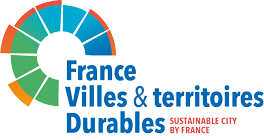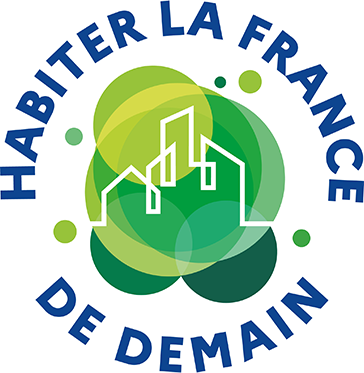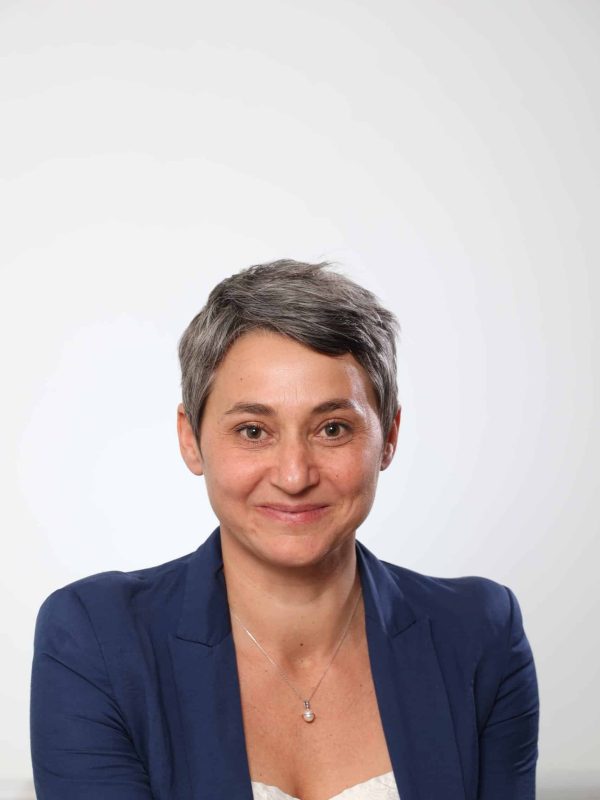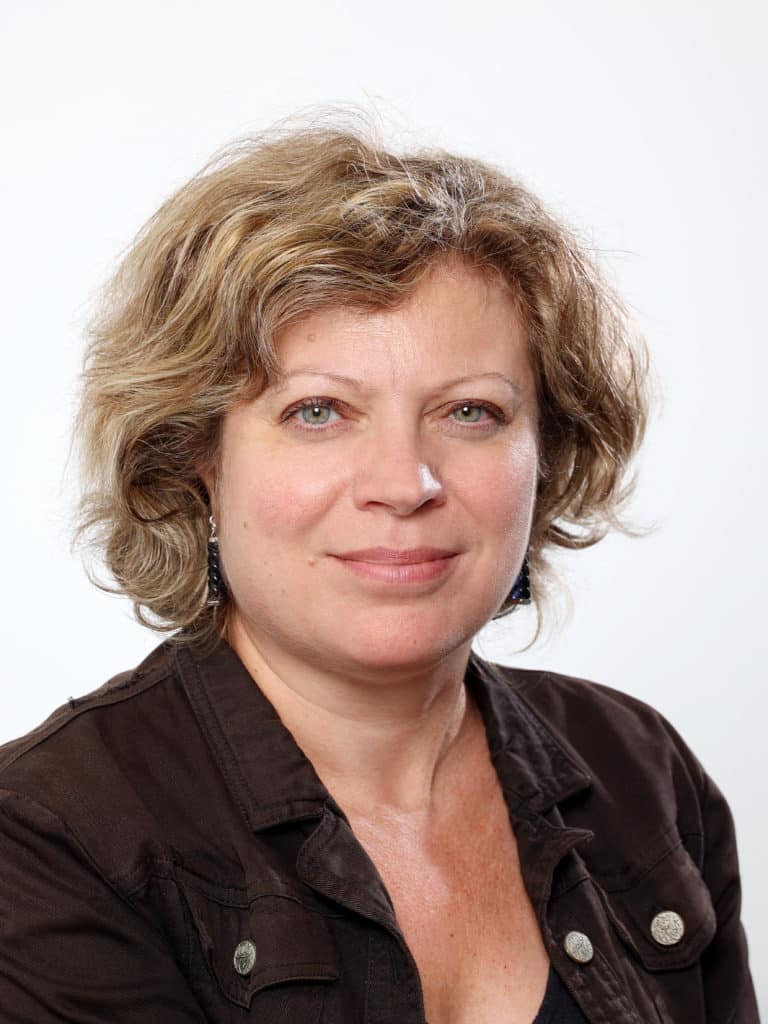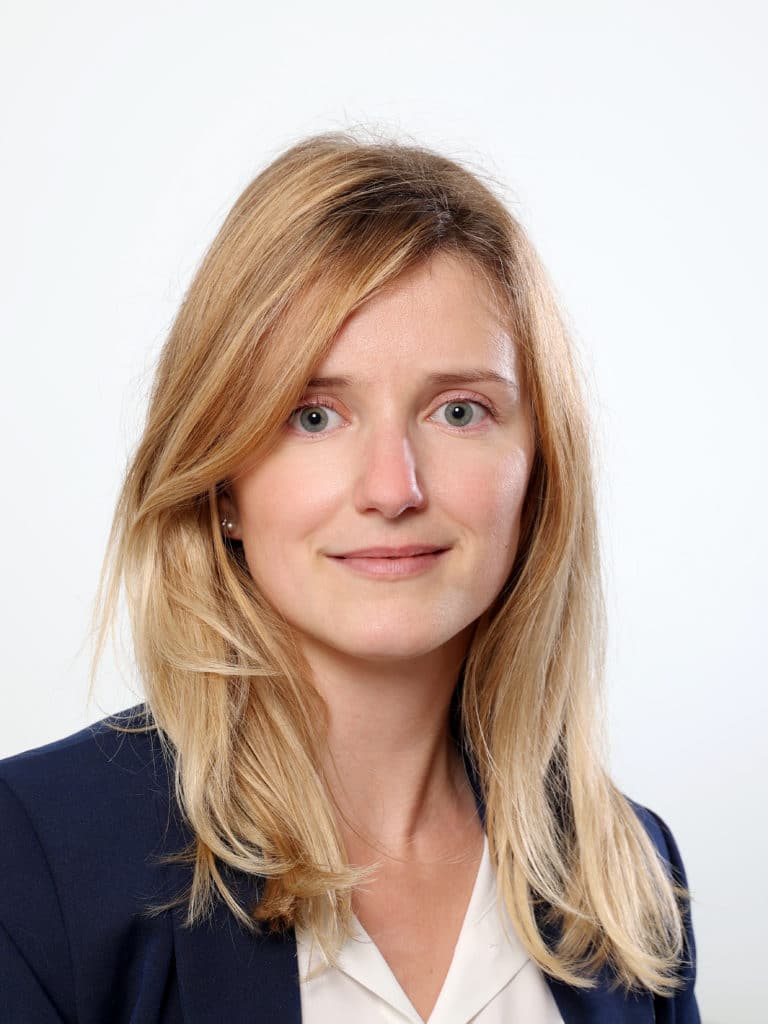Rehabilitation of the former Matra site in Romorantin-Lanthenay: a flood-resistant district
A project proposed by French Ministry of Ecological Transition
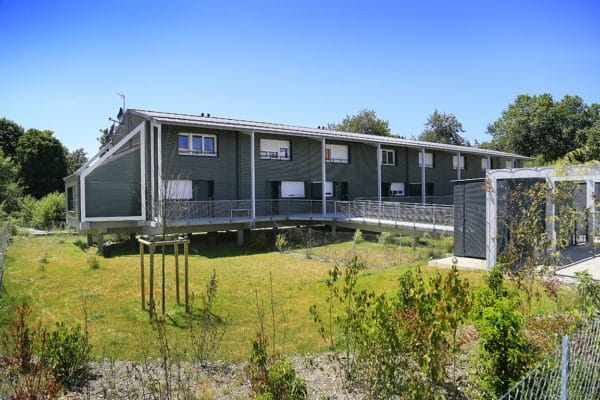
Contributor
isabelle.bajou@loir-et-cher.gouv.fr
Description
A district that ensures openness to nature and at the same time shelter from flooding:
The former Matra site - formerly owned by the Normant factory from 1806 to 1969 - was located on 6 hectares in the centre of Romorantin-Lanthenay, along the Sauldre river.
The redevelopment of this site required decontamination work adapted to its future use. Apart from the parts of the former Normant factory listed as Historic Monuments, all the existing buildings were demolished to carry out the project, for which the risk of flooding, which had not been taken into account at the start of the operation (the flood risk prevention plan was in progress), became the guiding principle:
A maximum right-of-way of 20% has left room for 80% of landscape (de-artificialisation of the factory grounds) in natural regulation. The new buildings, mainly collective housing (mainly social), are built with garages in water retention in slight excavation, individual housing on piles at the height of the highest known water level (+1.50m) with the appearance of a 'wash boat' to initiate a risk culture. The landscape also contributes to an open understanding of the hazards and the reduction of their impact (rainwater retention basins, sheltered pedestrian walkways, hydraulic transparency, etc.). etc.). A new urbanity was made to preserve the safety of people and property in the event of flooding... which was verified during the 2016 floods.
The conversion of the Matra site corresponds to a reappropriation of space in the city center carried out with a view to social diversity and nature in the city, while integrating the various constraints of the site.
- Rénovation / Réhabilitation
- Quality of housing
- Planning
- Large water cycle
- Heritage
- District
Factsheet
- < 20,000 inhabitants
Distinction
Media
- https://www.liberation.fr/france/2016/06/27/inondations-un-quartier-touche-mais-pas-coule_1461787/
- https://www.lanouvellerepublique.fr/dossiers/guide-des-etudes/profil-artistique/un-architecte-aux-prises-avec-les-risques-naturels
- https://www.rtl.fr/actu/debats-societe/tempete-alex-il-ne-faut-pas-reconstruire-a-l-identique-affirme-un-architecte-7800883019
- https://www.la-croix.com/France/A-Romorantin-lurbanisme-comme-rempart-crues-2021-03-01-1201143191
- https://www.lemonde.fr/idees/article/2018/10/24/il-est-possible-d-inventer-de-nouvelles-manieres-de-vivre-avec-le-risque-d-inondation_5373703_3232.html
- https://www.publicsenat.fr/article/societe/inondations-et-prevention-on-ne-fera-rien-sans-la-population-estime-eric-daniel
Project evaluation*
based on contributor declaration
Criteria n°1: SUFFICIENCY
The industrial site was in fact very artificial, either because of the buildings that covered a large part of the land, or because of the internal roads. The demolition of 80% of the land in favour of natural regulations has led to a very significant renaturation of the site.
In the case of flooding, all of the excavated material was placed under the road as an embankment, thus ensuring that it was drained away from the water.
Consultation on renewable energy and implementation of heat pumps, thermodynamic balloons, preferential orientation of facades, semi-detached housing, carport parking and protected networks under the road to cope with flooding.
The sufficiency of urban areas in the face of natural risks is a criterion for reducing vulnerability.
Criteria n°2: INCLUSION
The consultation between the state services and the flood risk prevention plan and the mayor’s wishes for the centrality of a city were the subject of a real consultation and even of a creative maieutic led by the architect.
Presence of collective housing and individual housing.
Property for rent or home ownership.
Residence with services to promote generational diversity.
Administrative buildings.
Central garden with retention basin.
The 3F Jacques Gabriel company (social housing in the Centre-Val de Loire region) participated in the project. The aim is to rediscover both a social link and a life with nature thanks to the innovations of these open shelter habitats.
The flood of 2016, where the inhabitants were able to react favourably to this risk, was a moment of great cultural transformation.
Criteria n°3: RESILIENCE
The risk of flooding from the Sauldre river has strongly influenced the project. The local authority carried out a hydraulic study of the area in order to gain a better understanding of the flows.
During the 2016 flooding of the Sauldre river, a flood of more than 100 years, the site was flooded. The measures taken as part of the project (first level dedicated to parking, raising the living levels to 30 cm above the highest water level considered at the time, etc.) made it possible to limit the impact of the flood (living levels not flooded just above the 2016 flood for some).
NC
Criteria n°4 : CREATIVITY
Architecture and use in flood-prone areas is articulated between an evaluation of the problems linked to natural risks and the invention of new uses but also of new sensitive forms.
Yes . around an exploration of the forms and conditions of exercising the maieutic of conducting an architectural project.
Last criteria: potential of replicability ?
The choices made to reduce vulnerability to flood risk can be used in other projects. They must be adapted to the local problem.
The involvement of the project owner and the responsiveness of the project manager, combined with partnership work with the State services, have enabled a mixed-use project to be completed that takes into account the constraints of the site.
The production of this project made it possible to prepare the opening up to humans and non-humans of the future inhabitants.
